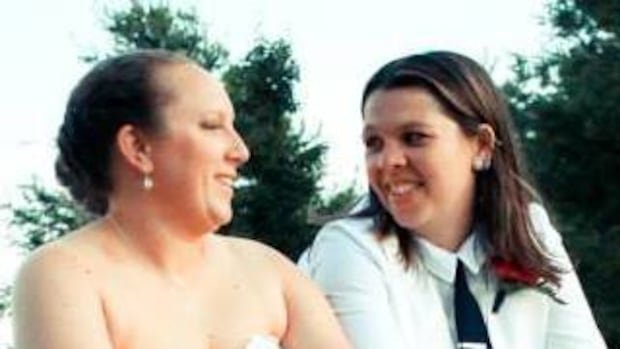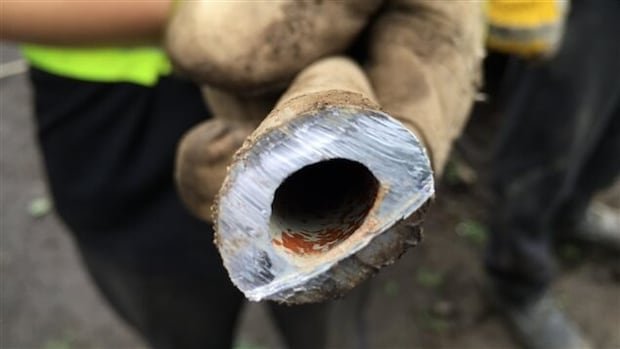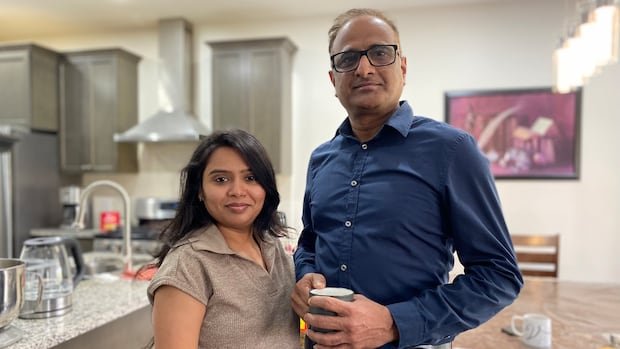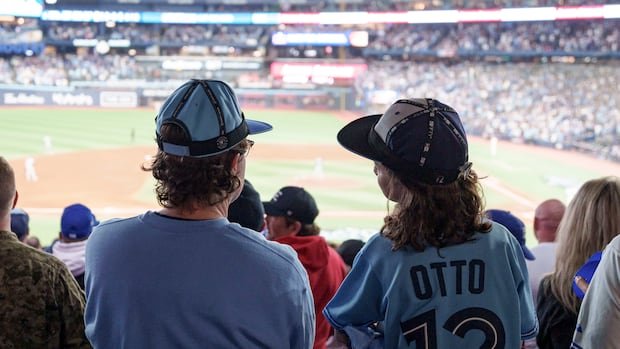WARNING: This story details allegations of child abuse.
In the years before the death of a 12-year-old boy in the home of his prospective adoptive parents, the Children’s Aid Society (CAS) had received at least half a dozen reports from people concerned about possible abuse and neglect, an Ontario court heard.
But the boy and his younger brother remained in the care of Brandy Cooney and Becky Hamber for more than five years, from October 2017 to December 2022, when the boy was found emaciated, soaked and unconscious in their Burlington home.
He died in the hospital a short time later.
The women are now on trial, charged with first-degree murder of the boy, known in court as LL, and with confinement, assault with a weapon and failing to provide the necessities of life for his brother, JL. The children’s identities are protected under a publication ban.
Both women have pleaded not guilty.
The judges-only trial in Milton began last month and is expected to continue through December.
No one from CAS has yet testified about the measures taken to help the children and the society is not being judged. But the case has raised questions about his involvement in the children’s lives that led to LL’s death.
The indigenous children were under the care of the Ottawa CAS.
The children’s grandmother fought against the children’s transfer, court told
LL and JL were born in Ottawa about two years apart and initially stayed in that city with their birth parents and grandparents before Children’s Aid sent them to live with Heather Walsh and her family, Walsh, their long-time adoptive mother, testified.
When CAS began the adoption process with Cooney and Hamber, the children’s grandmother fought it in court but lost, Walsh said.
The children were moved to Burlington in 2017 and Halton CAS took over daily supervision, the court heard. Hamber and Cooney never completed the adoption process.
Erin Nolan, a therapist at a children’s mental health center in Oakville, told the court that CAS had concerns about how the women responded to “allegations” made by the children and that the two did not work well with service providers.
Nolan was part of a team the women hoped could provide therapy to LL and JL. The team contacted Cooney and Hamber in 2021 and early 2022.
“Ottawa CAS was still evaluating [Cooney’s and Hamber’s] ability to meet the needs of children,” Nolan said.
Women also had a tendency to “pathologize” children, treating them as psychologically ill when perhaps they were not, Nolan said.
The two women ultimately decided not to retain Nolan’s services because they disagreed that she should report any concerning allegations the children made to Children’s Aid. The women said LL lied and that the CAS would be “banging on their doors at night and would be harmful to their family,” Nolan testified.
Therapist, the police informed the CAS.
The Crown has argued that Cooney and Hamber struggled to care for the children and also hated, neglected and abused them. However, they came to rely on financial subsidies they received through government adoption programs, Crown attorney Kelli Frew said in her opening statement.
In cross-examination, the defense focused on the children’s behavior and argued that LL was exceptionally difficult to handle. Lawyers for the women have said they were doing the best they could with little help or support from child welfare.
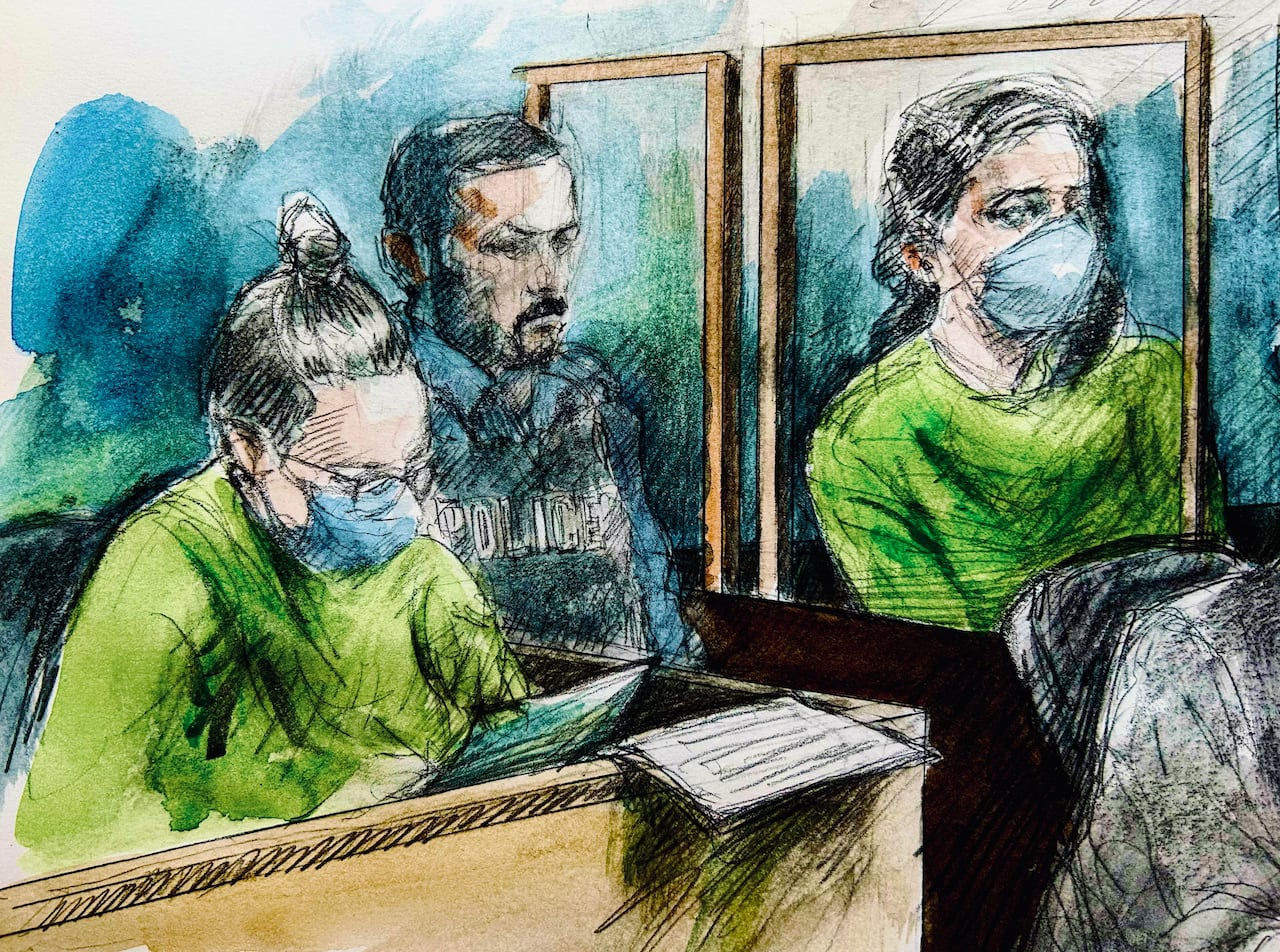
Attachment therapist Beth Sibley worked with the children during the transition. She testified that she was almost immediately concerned about the women’s parenting skills.
During one of their first sessions in Burlington, LL, then 6 years old, told Sibley that he had “hit” Hamber because he was angry about not having screen time and, as a result, had been forced to stay in his room all day from school, Sibley said.
She said the punishment seemed “excessive” and she reported it to child welfare.
“We know that if a child is isolated, it causes stress, and the distress leads to more behaviors,” Sibley told the court.
Halton police also informed CAS of an incident at Cooney and Hamber’s home, according to a police report submitted as court evidence.
In the summer of 2019, a neighbor called police after hearing one of the children crying and screaming “for over five minutes,” according to the report.
When the officer arrived, Hamber and Cooney said LL had thrown a tantrum in the backyard and had since calmed down. While the officer noted that there was “no immediate risk at the time” and that the children were “sufficiently cared for and had basic needs,” they were “obviously having difficulty adjusting to their new home.”
The officer discovered that JL’s bedroom was “completely covered with tarps” and that the brothers did not have beds, but rather small cots similar to those used in daycare centers. The women said it was because the children had trouble controlling their bladders.
At the end of the report, the officer noted that it would be sent to Halton CAS for follow-up.
teacher caCAS full 4 times
JL’s second grade teacher, Sara Biasetti, testified that she called Children’s Aid four times during the 2019-2020 school year.
He described JL as very intelligent and helpful. But as the months went by, she said, she felt “terrified” of him when he tried to hurt himself and told her details about his home life.
The first time Biasetti called CAS was after JL wrapped a piece of string around his neck and his face turned purple, Biasetti told the court.
“I said how worried I was because he keeps saying he wants to die.”
The Halton Region caseworker told him it is “too political” to intervene and that CAS would need more evidence.
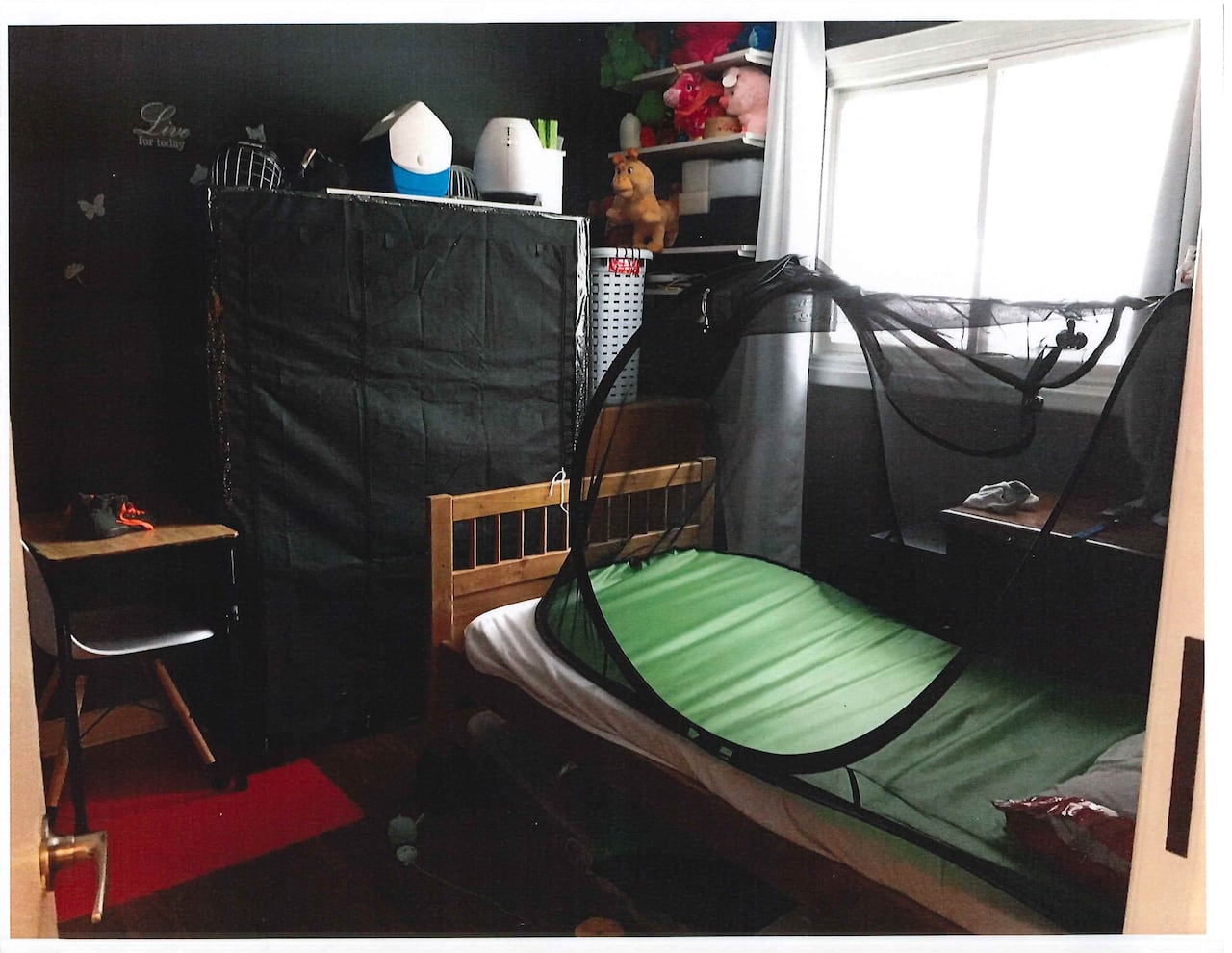
Biasetti said he called CAS again when JL told him that his brother was “locked” in the basement and that Cooney and Hamber were using zip ties to keep him in a jumpsuit so he would stop “having accidents.”
“I called just to get help for these kids,” he said.
The women controlled what the children ate, even at school, Biasetti said. Staff were ordered to supervise them during lunch to ensure they finished all their food and were not given extra snacks.
The women told the school it was because otherwise they would steal and hoard food and lie about being hungry, Biasetti said. She said she never witnessed those behaviors.
One day, JL came to school with a “disgusting” green, moldy lunch meat, which he was trying to eat but had “plows” and didn’t finish it all, Biasetti said. She said JL later told her that after school, they locked him in his room and gave him five slices of the same moldy meat for dinner.
She said she also reported that to Children’s Aid.
“I have a lot of guilt,” says the teacher
LL’s fourth-grade teacher, Sara Ferraro, had concerns similar to Biasetti’s and the two worked together to document the case for the CAS, Ferraro said on the witness stand. During his testimony, he broke down and sobbed.
“I have a lot of guilt,” he said. “It breaks my heart every day” what happened to LL
Cooney and Hamber said LL was not allowed to check out library books, play with other children at recess, use classroom computers, go on field trips or participate in choir or cross country, Biasetti said.
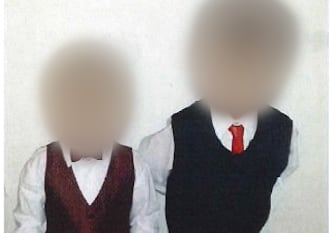
“The language that they [the two women] used to describe his own son was alarming,” he said.
“They used terms like he was ‘vile, always a scammer, manipulative and cunning’.”
But, Ferraro said, LL was an enthusiastic student and did not observe any behavioral problems out of the ordinary for his age.
Then, in early 2020, JL and LL only attended school half days, sporadically, and fell behind academically.
In February, the school principal, superintendent, Biasetti, Ferraro, CAS workers, Hamber and Cooney met. The teachers said they made all their concerns about Hamber and Cooney clear to the CAS at the meeting and advocated for the children to return to school full time.
“They were great and we wanted them there,” Biasetti said. “Wanted to [J.L.] to have the full experience of being a child.”
However, before that could happen, the COVID-19 pandemic hit and classes began online. None of the children participated in the virtual lessons. At one point in April, JL sent Ferraro a video of himself.
She was alarmed to see him wearing a jumpsuit, with the zipper secured with a zip tie.
Ferraro said he called CAS for the fourth time and his director also reported the video. They never knew if the child help intervened in any way.
But the children never attended school again before LL died in 2022, the court heard.
Women smiling and laughing after LL’s death, says doctor
Dr. Nora Labib testified that she was working in the emergency department the night LL was found without vital signs in his home and then rushed to the hospital. He was the size of a six-year-old boy and “had almost no muscles on his body, just skin and bones,” he recalled.
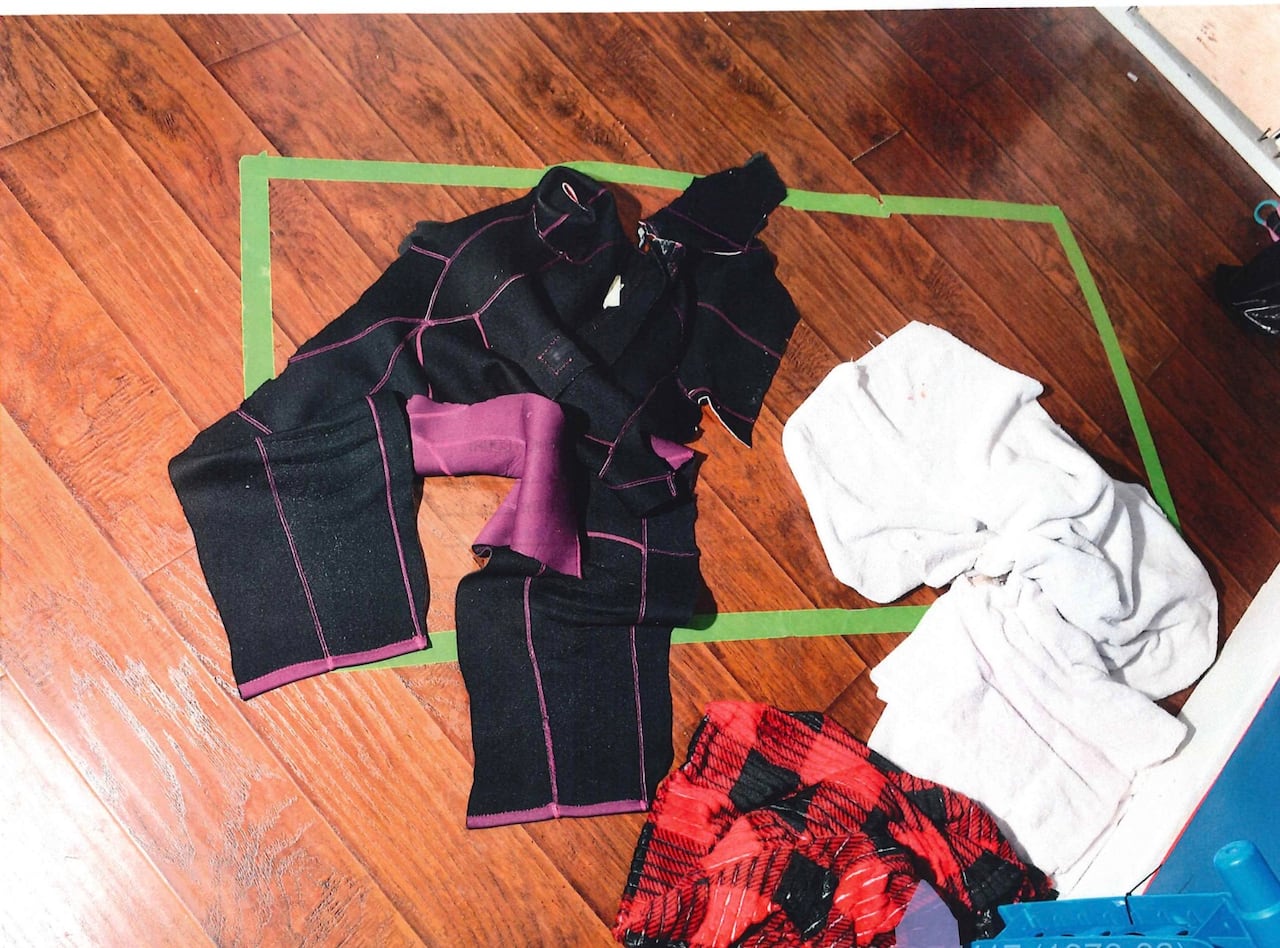
During resuscitation efforts, and after it became clear he could not be saved, Labib said she was alarmed not only by LL’s size and condition, but also by how Cooney and Hamber responded.
“When I went to tell them the news, I think I was more distraught and upset than they were. They took it well,” Labib said.
Later, he said, “he observed them smiling, laughing, acting as if it were something casual, which [left] “I am very worried and very surprised.”
That night she called child aid, also concerned about JL’s well-being as he was still in her care.
“I asked them to remove the brother from the house while they investigated and they said there was not enough evidence,” Labib said. The court heard JL was sent to a new foster home a few days later.
If you are affected by this report, you can seek mental health support through resources in your province or territory .





